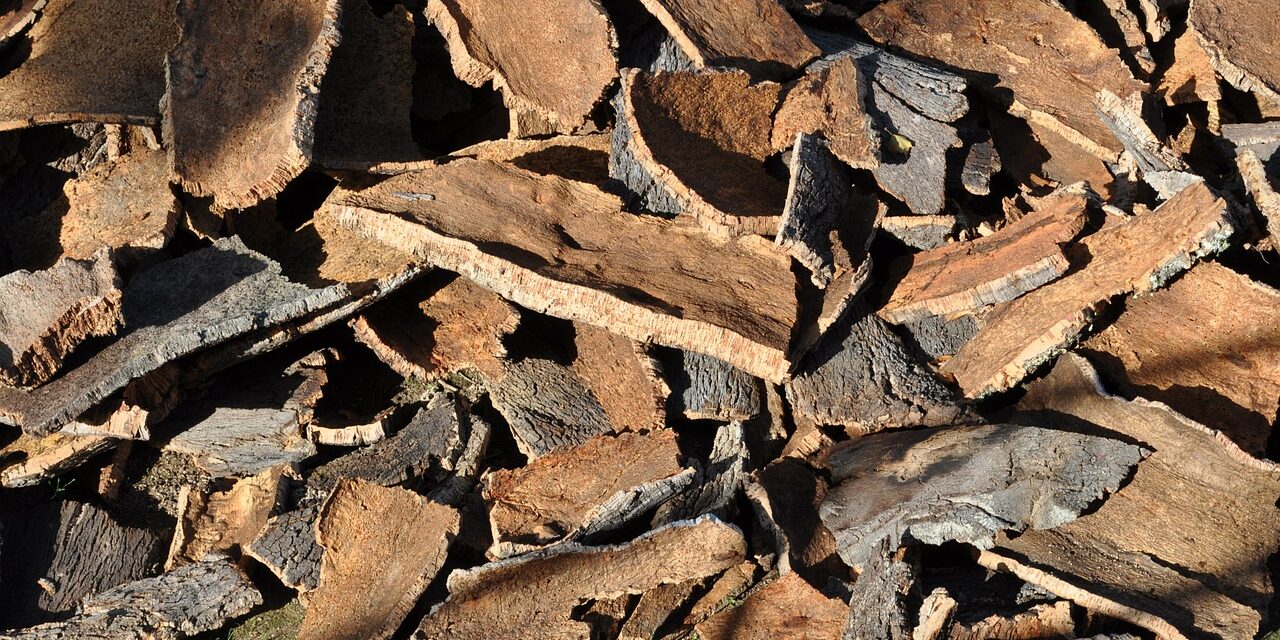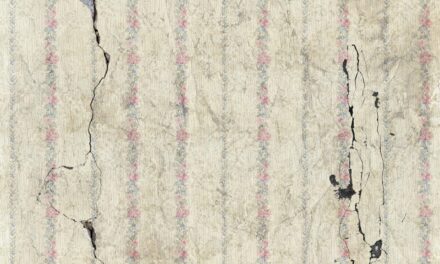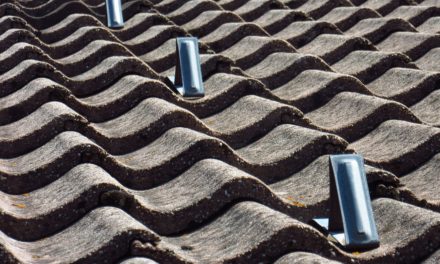Sprayed cork may seem like one of the latest design and construction trends. In reality, though, it’s been around for quite a while. Europeans and South Americans have used sprayed cork for about two decades to insulate and beautify their homes. It’s just now picking up steam in the U.S., thanks to homeowners who have done the research and realized that sprayed cork is incredibly versatile, beautiful, and eco-friendly.
What exactly is cork and how is it sprayed?
Cork is the outer bark of the cork oak tree. It’s harvested periodically in a way that does not kill or cause any harm to the tree. You’re probably most familiar with cork in the form of wine stoppers and coasters. These types of products are typically made from solid chunks of cork. However, there is another way to use cork.
Cork processors cut cores and slabs from the solid, recently harvested cork. However, not all of it can be used in this manner. There are always leftover scraps. To make the best use of this natural resource, cork processors grind down these scraps. ThermaShield can then mix the finely ground cork with our proprietary blend of resin and liquid to produce cork spray. Cork spray is appropriate for both the interiors and exteriors of buildings, protecting homes and businesses in much the same way that cork naturally protects the cork oak tree from inclement weather.
Where can I apply sprayed cork?
Sprayed cork is stunningly beautiful as an interior application. Available in a wide range of colors—as well as custom color options by ThermaShield—sprayed cork is frequently applied to interior walls for better insulation and sound reduction. It is also ideal for use on floors. All you need is a coat of primer on the existing floor, and then a thin layer of sprayed cork. The result is a well-insulated floor that’s slip-resistant—which is safer for children and the elderly—and incredibly durable.
Outside, you can apply sprayed cork directly to exterior walls, where it acts as an effective insulator. Many homeowners also choose to apply a thin layer of sprayed cork to their existing roofs. There, it provides additional insulation, protects the roof from damage, and reduces the risk of roof leaks. Since sprayed cork is lightweight, there is no need to worry about the additional weight putting a strain on the roof.
How is cork insulation different from traditional insulators?
In American homes, the most commonly used insulation is fiberglass. While fiberglass has a long history as an insulator, it actually has numerous disadvantages. Fiberglass is:
- Prone to air leakage due to its low density
- Vulnerable to moisture
- Hospitable to mold
- Difficult to use in oddly shaped areas
In addition, when fiberglass becomes wet, it loses its R-value entirely. That’s definitely not an attribute you want in an insulator, and that’s why sprayed cork is such a great alternative. ThermaShield’s sprayed cork insulation offers superior R-values, even at thicknesses of just one to three millimeters. That means it can be sprayed directly onto the exterior wall. There’s no need to take the wall apart in order to retrofit it with sprayed cork. Plus, unlike fiberglass, cork spray limits thermal transfer, regardless of whether it’s wet or dry.
Is sprayed cork environmentally friendly and sustainable?
Yes! Sprayed cork is absolutely eco-friendly and sustainably sourced, giving it a distinct advantage over most other building materials. Most cork harvesting takes place in the Mediterranean region, where cork oak forests flourish. For generations, specially trained harvesters in Portugal have carefully harvested the outer bark of the cork oak tree. This process doesn’t kill or hurt the tree. In fact, harvested cork oak trees tend to live longer on average than non-harvested trees. Once the bark grows back, harvesting can take place again, making cork an endlessly sustainable resource.
Is sprayed cork a cost-effective choice?
It’s true that sprayed cork requires an upfront investment—what home improvement project doesn’t? However, your investment will pay for itself over time. Because sprayed cork is such an effective insulator, it will keep your home cooler in the summer and warmer in the winter. This will reduce your utility bills year-round. It can also reduce the strain on your heating and air conditioning systems, which may help those appliances last longer.
Another cost-saving benefit of sprayed cork is that it can reduce your need for home repairs. Sprayed cork is resilient to the things that can cause damage to unprotected homes, such as hail, storms, condensation, mold, and even UV rays. By applying sprayed cork to your exterior walls and roof, you can look forward to fewer leaks and fewer repairs.
Can I apply sprayed cork myself?
Plenty of homeowners enjoy working on their own homes. However, the DIY approach isn’t ideal for sprayed cork products. It requires specialized training and equipment to apply sprayed cork correctly. As a result, it’s best to leave the job to a professional.
If you have any other questions about sprayed cork and why it’s the building material of choice for 21st century homeowners, you can contact the knowledgeable team at ThermaShield. We specialize in engineering environmentally friendly sprayed cork products that help homeowners and commercial building owners reduce their heating and cooling costs while beautifying their homes and offices. Contact us online today for application services in select areas of Texas, Arizona, or California or call (520) 600-8722 to purchase ThermaShield products from anywhere in the United States.






Recent Comments